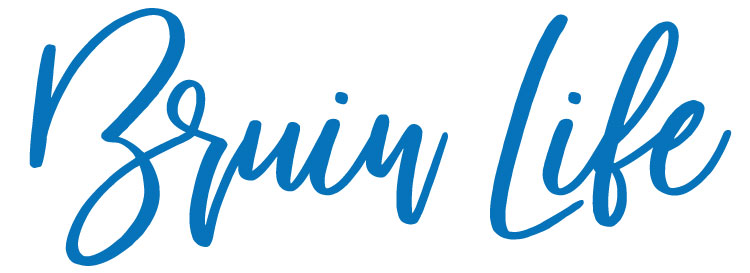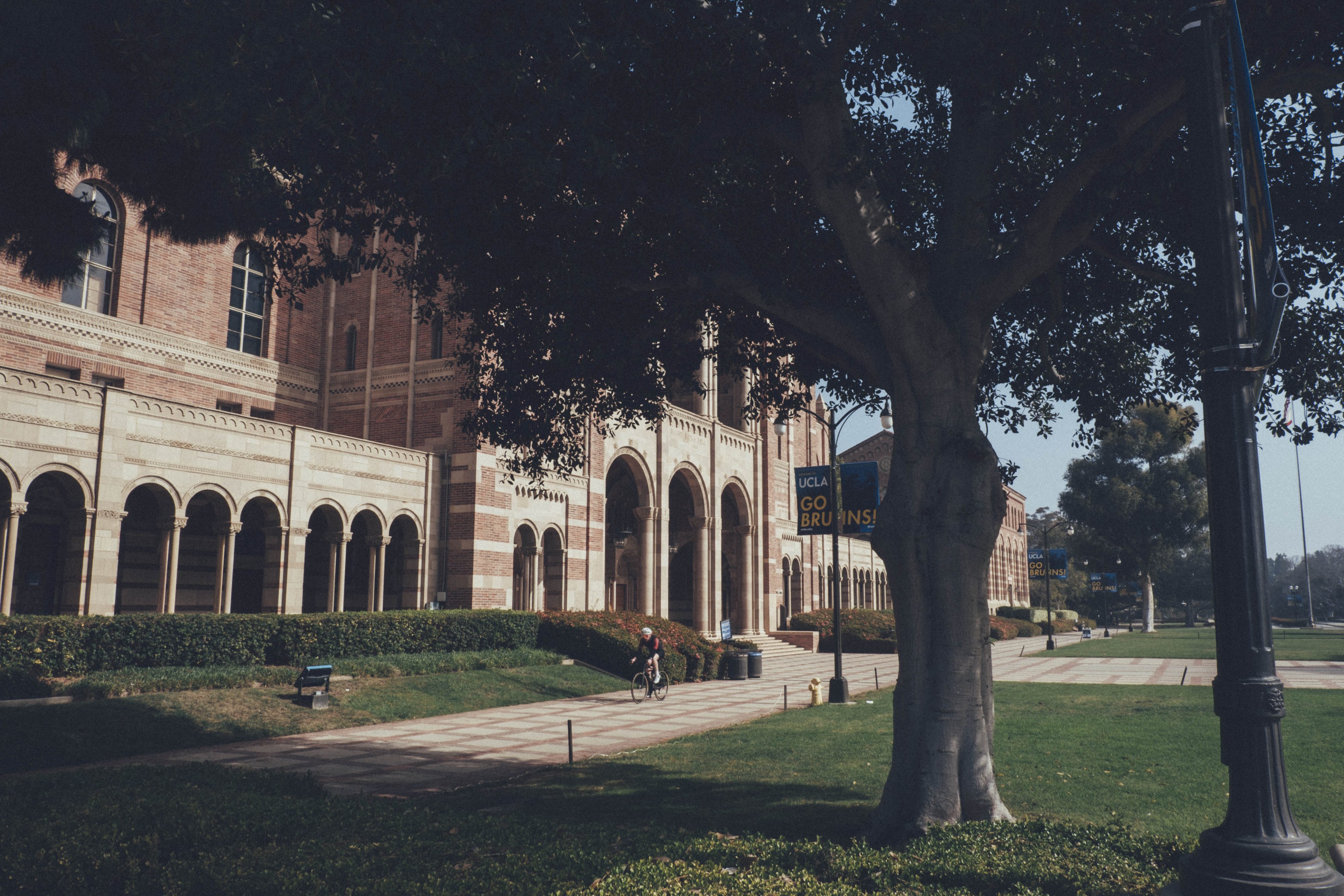While many have experienced UCLA’s exceptionally inclusive and supportive peer environment, the specific labels given to students majoring in STEM, or Science, Technology, Engineering and Math, on the South Campus versus humanities on the North Campus are actively working against our community as a whole.
Nico Hamlyn, a third-year mechanical engineering student, says he consistently receives similar reactions from his peers after telling them his major. “I would say that the stereotype around mechanical engineering is that they are very smart, try hard in school but lack social skills,” Hamlyn said. He explained that his peers will often make jokes about him not having the ability to write essays.
On the flip side, students majoring in humanities seem to receive similar reactions to their majors. In general, the assumption about humanities majors is that they have a lighter workload with easier coursework. Bea Ross, a fourth-year world arts and cultures student with minors in art history and American Indian studies, said, “The general stereotype around my major is that we are very relaxed.” These automatic assumptions have caused many to underestimate their abilities in academic subjects that are not directly associated with their major.
Tamar Ervin, a recent graduate who majored in astrophysics with a minor in atmospheric and ocean sciences, commented on how these labels affect UCLA’s academic and social environments. “I think the automatic assumptions and stereotypes associated with the different types of majors can cause a separation between the two groups,” Ervin said. This separation likely stems from students feeling that they can better relate to students with the same academic interests. While it is reasonable for students to be attracted to peers similar to them, many underestimate the power of academic integration. “A lot of STEM students only hang out with other STEM students and vice versa, which is unfortunate because we all could learn so much from each other,” Ervin explained.
UCLA has a number of resources on campus that create an interesting overlap between STEM and humanities. For example, the science center within the art department fosters an environment for both STEM and humanities students to gain a new perspective in their academic endeavors. Tyler Varner, a third-year design media arts student, believes that our community should be more open to exploring these many vital opportunities for integrated learning. “I actually strongly believe that art and science complement each other quite nicely,” Varner said. “Some of the most fascinating classes I have taken have been about the marriage between art and science.” Taking advantage of the many doors that these crossovers open up could help each student in our community gain a new appreciation for the opposing subjects.
A number of students in STEM voiced their admiration for the outlets that humanities subjects facilitate for learning. Cecilia Brooks, a third-year chemical engineering major, finds that interaction with humanities major students has furthered her intellectual understanding of the world. “I have some of the most intellectually stimulating conversations about humanities-focused topics with my friend majoring in political science,” Brooks said. “There is so much to learn from people who study different subjects; you just need to initiate the conversation.”
UCLA students of all majors are on different paths to success. Fading the lines between North and South Campus — through conversation, physical interaction and academic integration — will allow us to gain a deeper understanding of each other and the world around us to foster a more encouraging academic and social environment that brings our community even closer together.
Cover photo by Stella Gray

